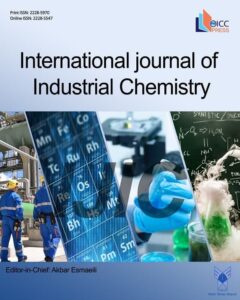Effect of Magnesium Ferrite on Highly Selective Phenol Hydroxylation Catalyst
Authors
- Jing Zhao * 1
Abstract
Due to the lack of phenol hydroxylation activity of common catalysts, the conversion rate is low, which cannot meet the application requirements. The effect of magnesium ferrite on the high selective phenol hydroxylation catalyst is proposed. Based on the analysis of the synthesis route of phenol, the related mechanism and influencing factors are obtained according to its properties, and the effect of magnesium ferrite on the highly selective phenol hydroxylation catalyst is studied. The experimental results show that during the hydroxylation activity experiment, the ferrite magnesium catalyst can increase the conversion rate of phenol to 56.5% and the yield of hydroquinone to 50.9% at the highest; During the conversion process, the product selectivity is most focused on catechol, accounting for over 50%. Hydroxyphenol has a certain selection percentage, accounting for about 30% to 40%. Benzoquinone has little selectivity and tends towards 0%. The results show that the application of magnesium ferrite in the preparation of highly selective phenol hydroxylation catalyst can effectively improve the conversion rate, under the same reaction conditions, the catalytic activity of magnesium ferrite catalyst is close to that of TS-1 catalyst, which is superior to La-Sr-Cu-O catalyst and tungstate phosphorus heteropoly compound catalyst, and make up for the preparation defects of traditional catalysts.



